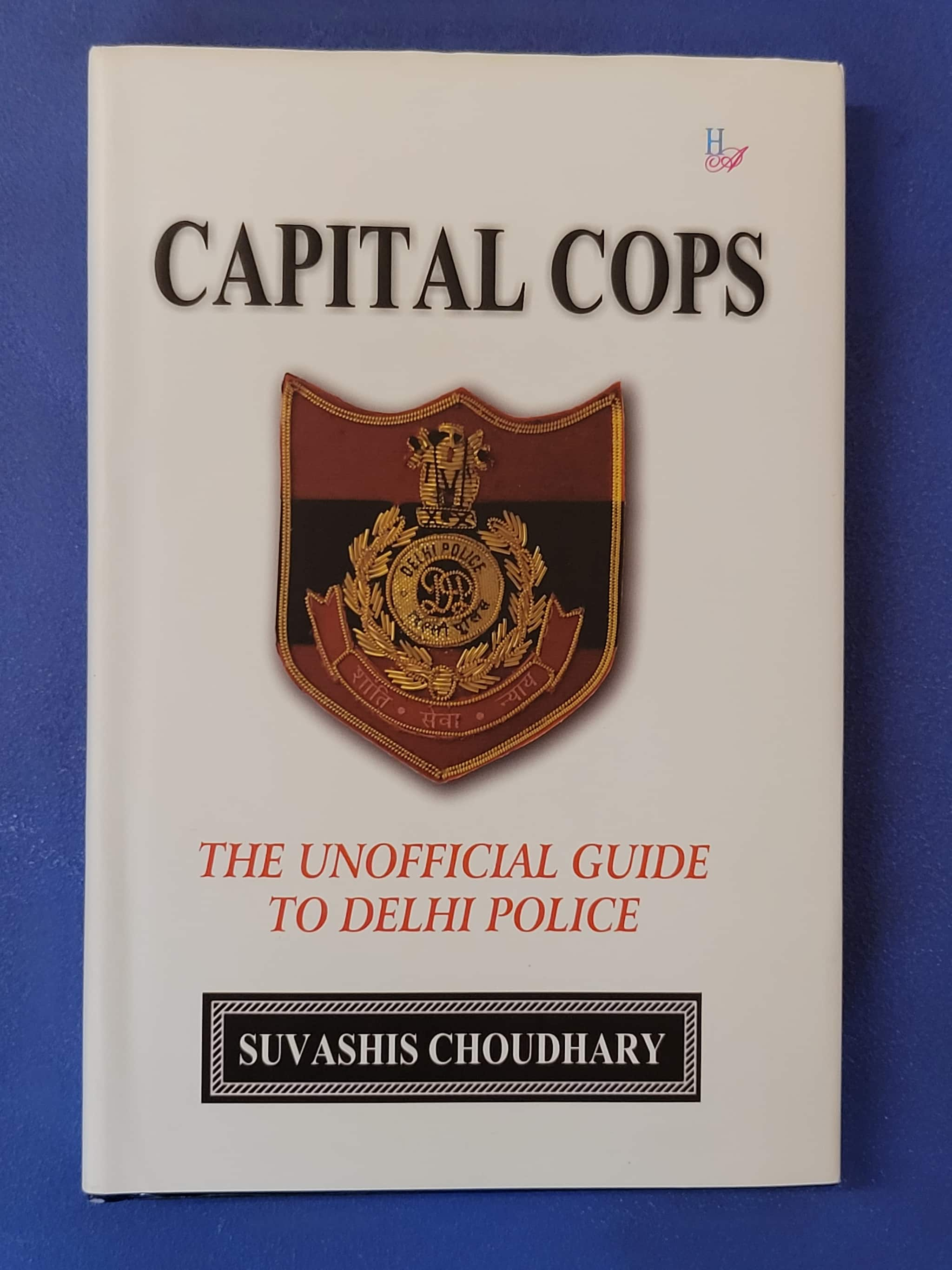



Come to think of it, a history of the Delhi Police was waiting to be written, a low-hanging fruit if there ever was one. As one of the country’s more celebrated police forces, it is responsible for the safety of the most eminent persons of the Republic of India.
From presidents and prime ministers to the union cabinet; from foreign missions to visiting VIPs; from dignitaries on social calls and prominent industrialists to sundry society blades and a pesky media—the list is long and intimidating for an ordinary cop.
That long-overdue responsibility to chronicle the force’s journey has been taken up by just-retired IPS officer Suvashis Choudhary who dives deep into the inner workings of the police force in his soon-to-be-released book Capital Cops.
Choudhary, who superannuated as joint commissioner (South Range) on August 31, says that during this three-decade-long career, he hardly saw any literature on the Delhi Police.
“There is barely anything known about the mammoth police system, how it works, small details like how the control room operates, how investigations are taken forward and the working of the beat cop,” he told Moneycontrol in an interview, adding, “I have tried to provide some details.”
Rewind
Of anecdotes, Choudhary’s earliest recollection is the infamous kidnapping of Romanian diplomat Livia Radu from Jorbagh. “Being a black swan event, there was initially a lot of confusion on the wireless system. The operators were busy trying to get the facts straight and getting confused in the process. Some said there is a jor jabarjasti (use of force) with a diplomat, some others that there is a kidnapping from 'Radhu Palace' cinema adding to the general confusion till the DCP of the area himself took the mike and put the record straight. Delhi Police along with other agencies launched a massive operation to recover him. The diplomat was finally freed safely from the captivity of Punjab terrorists after several weeks,’’ he remembers.
The other recollection is of the huge anti-Mandal rally held on the Boat Club lawns on October 2, 1990, which led to violence and several deaths. “It was such a long and tiresome day which did not seem to end,” recollects the police officer.
As for high-profile cases, Choudhary is unambiguous. “Cases are made high profile by the media if the persons involved, either victims or perpetrators, are public figures. It adds to the pressure on the police as quick results are expected. However, for a force like Delhi Police every case becomes important. Like any other police officer, I have also come across several such sophisticated cases, which have tested my mettle as well as perseverance. These have ranged from murder, rape to burglary and dacoity cases that only get a day's coverage in the media but give immense satisfaction to the entire team. However, going by the media's yardstick, in recent years I have dealt with several high-ticket frauds and economic offences like the Amrapali, Unitech, Religare Fintech and the Bush Food cases, to name just a few. "

How was it to interact with VIPs in the country's most important city?
According to Choudhary, sometimes the force is criticised for committing more than a fair share of its resources to VIP security.
“I feel this criticism is misplaced. This is the police force of the national capital where all the three pillars of governance— legislature, judiciary and executive—reside and work. Then we have foreign missions and the best of the media located in the city. Any security shortcoming leading to an untoward incident involving a high-profile person will not only attract a lot of adverse national and international attention but will also spread panic among the common citizens,” he says.
“In my book I have emphasised that Delhi Police has the capacity to deal with people, rich or poor, native, or migrant, ordinary, or powerful… VIPs which Delhi Police have to deal with are generally easy to please once they know that the police are doing its duty in a professional and fair manner.”
Kotwal to police commissioner
For a city steeped in history, the police force’s chequered past makes for interesting reading. Choudhary traces the lineage of the modern-day Delhi Police to the 13th and 14th centuries under Delhi sultan Alauddin Khilji’s reign.
“From ‘Kotwal’ during the Delhi Sultanate to Police Commissioner in the present era, the Delhi Police has come a long way. The earliest recorded police officer called Kotwal was appointed during the reign of Alauddin Khilji (1296-1316),” he writes.
The author mentions the first five police stations in Delhi—Subzi Mandi, Nangloi, Mehrauli, Sadar Bazar and Kotwali—that came into being the same year the modern police force was set up under the Police Act, 1861.
The first FIR, he writes, was lodged at Subzi Mandi police station on October 18 that year. This marked the beginning of the modern criminal justice system in Delhi.
Since then, momentous events have shaken Delhi—the transfer of the imperial capital from Calcutta to Delhi in 1911, the freedom movement, Partition riots, Mahatma Gandhi’s assassination, the Emergency, Indira Gandhi’s assassination, the anti-Sikh riots, and terrorism. Policing was lifted to another plain and has continued its upward spiral.
Discover the latest Business News, Sensex, and Nifty updates. Obtain Personal Finance insights, tax queries, and expert opinions on Moneycontrol or download the Moneycontrol App to stay updated!
Find the best of Al News in one place, specially curated for you every weekend.
Stay on top of the latest tech trends and biggest startup news.